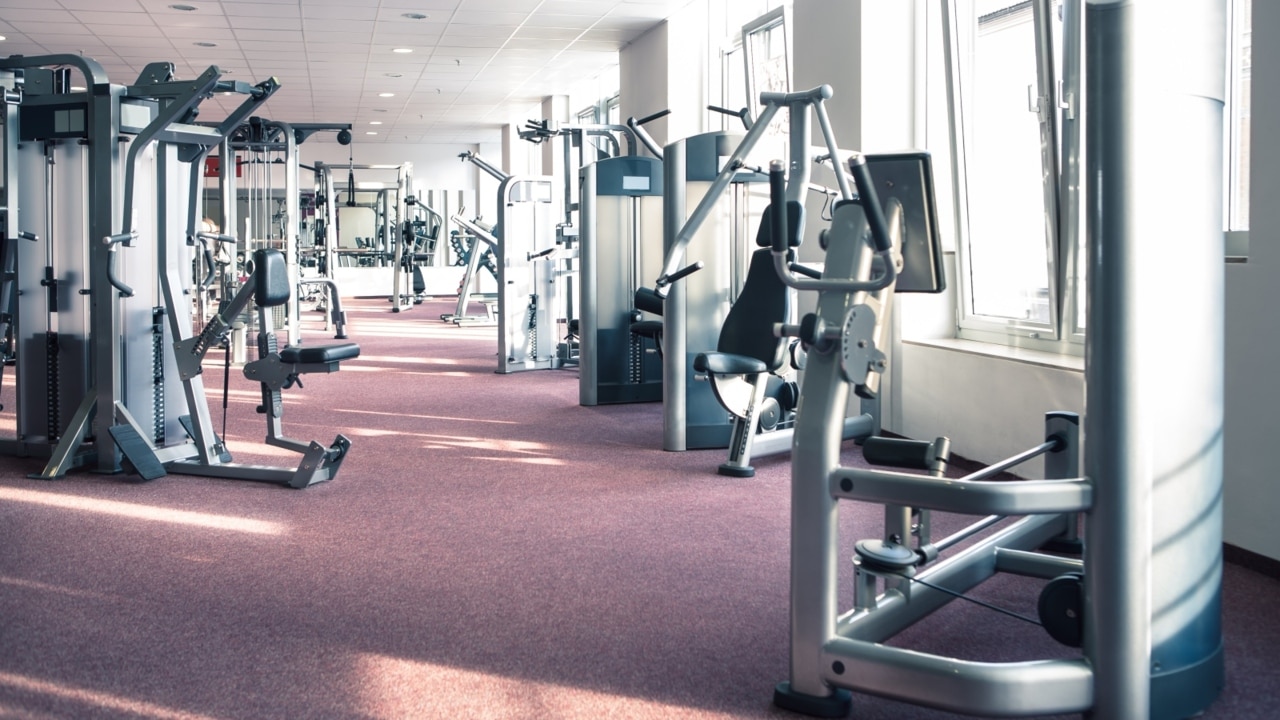Tips for getting back into community sport after COVID-19 break
Community sport is ready to start again, but after months spent on the couch take a few tips to get you back on the field safely.

Hibernation
Don't miss out on the headlines from Hibernation. Followed categories will be added to My News.
It’s time to get up off the couch and back onto the field as community sport is gearing up for a return across the country.
Doubt still lingers about a return to competitive fixtures but some sports have been given the green light to train in small numbers.
Sports such as footy, rugby, soccer, netball and tennis have begun to start training over the past few weeks as players transition into the ‘new normal’.
As restrictions continue to ease across the country, athletes are beginning to transition from a period of limited access to training equipment to full-throttle training mode in larger groups.
Australian Institute of Sport physiologist Philo Saunders believes each person returning to training should tailor their return based on the amount they exercised during lockdown.
“It’s all a matter of what they’ve been able to do,” Dr Saunders said.

“I suppose in the height of the lockdown, people are only allowed to train with one other person so for a team sport athlete particularly – they wouldn’t be able to do that skill and team based training.”
Dr Saunders also thinks highly motivated athletes who have used the lockdown period to continue their training will find the return a lot easier.
“I think most people who are really motivated to get into their sport will have done as much as they can,” Dr Saunders said.
“If you’ve been diligent and have done all your aerobic exercise, your runs, your rides and you’ve kept that capacity up then you’re going to get back into it a lot quicker,
“Then it becomes more about the technical side of things including your high speed running and getting those muscles back into tune again.”

However, Dr Saunders believes there is a greater risk of obtaining a soft-tissue injury especially for those coming off long periods of little exercise and for some athletes, it may take up to three months to get back to peak performance.
“If you’ve gone from doing absolutely nothing and then going into maximal intensity exercise, the risk of straining a muscle is a lot higher,” Dr Saunders said.
“If you’ve done absolutely nothing – you’re looking at 12 plus weeks and pretty modified training because you’ve probably got to go back to the start.
“Obviously with team sport in its intermittent nature, it’s maximal intensity then its slow jogging and changing pace really quickly so your muscles deteriorate over that time from lack of use – meaning you’re going to be at real risk of strain.”
Dr Saunders has urged patience for athletes getting back into the rhythm of regular training, sentiments Athletics Australia high performance coach Mike Barber has echoed.
“The big thing for everyone getting back to sport at the moment is just patience,” Mr Barber said.
“The concept is the same for high performance athletes as it is for community sport athletes, when you look at planning on training you are looking at the demands of your sport and then making an assessment of where you are personally.”

Mr Barber also believes athletes should get back to basics and focus solely on improving the fundamentals skills of the specific sport.
“It depends on the nature of your sport, if you are playing a more skill based sport the best thing is to work on your skills and movement capacities,” Mr Barber said.
“Aerobic and strength capacities will come with time, work with the fundamentals and get the basics right,
“In doing that, you are preparing your body to work in different ways of motion and start to react to different stimuli so you can be more prepared for games.”
Unfortunately for some sporting leagues, there will be no games in 2020 with the Eastern Football League in Victoria calling off their season.
However, despite there being no games this year, Templestowe Football Club are still going to train once a week.
Templestowe player Chris Massarotti is excited to get back on the park and also thinks training is great for the team’s wellbeing and culture.
“It’s about keeping the boys together,” Mr Massarotti said.
“The players are feeling very relieved that we can all train but it also allows us to have a laugh together out on the field.”
TRAINING TIPS
n Work on the fundamentals of your sport first
n Look at your individual case — have you been training at 100 per cent or not? Then assess how you tackle training after that
n Have patience during the reboot
n Don’t try to do too much, too soon
n Reach out to coaches
n Do a bit of self-education and read up on basic drills and skills
n Set short-term goals
Originally published as Tips for getting back into community sport after COVID-19 break
